Module B: What is the city-nature relationship?
Module B
During the second module students reflect on the role of nature in the city. From aesthetic perceptions to historical significance, the activities during this module reflect on the relationships between plants and public spaces.
Learning from the city, students discover and analyse the public spaces of Hong Kong. Through talks and active
conversations they reflect on the role of nature as part of a high density context. Hands-on activities reinforce the
experience in this second module. Similarly, students learn work flow to build narratives and start envisioning their own
landscapes. Additionally, activities in this module teach students initial concepts of cartography.
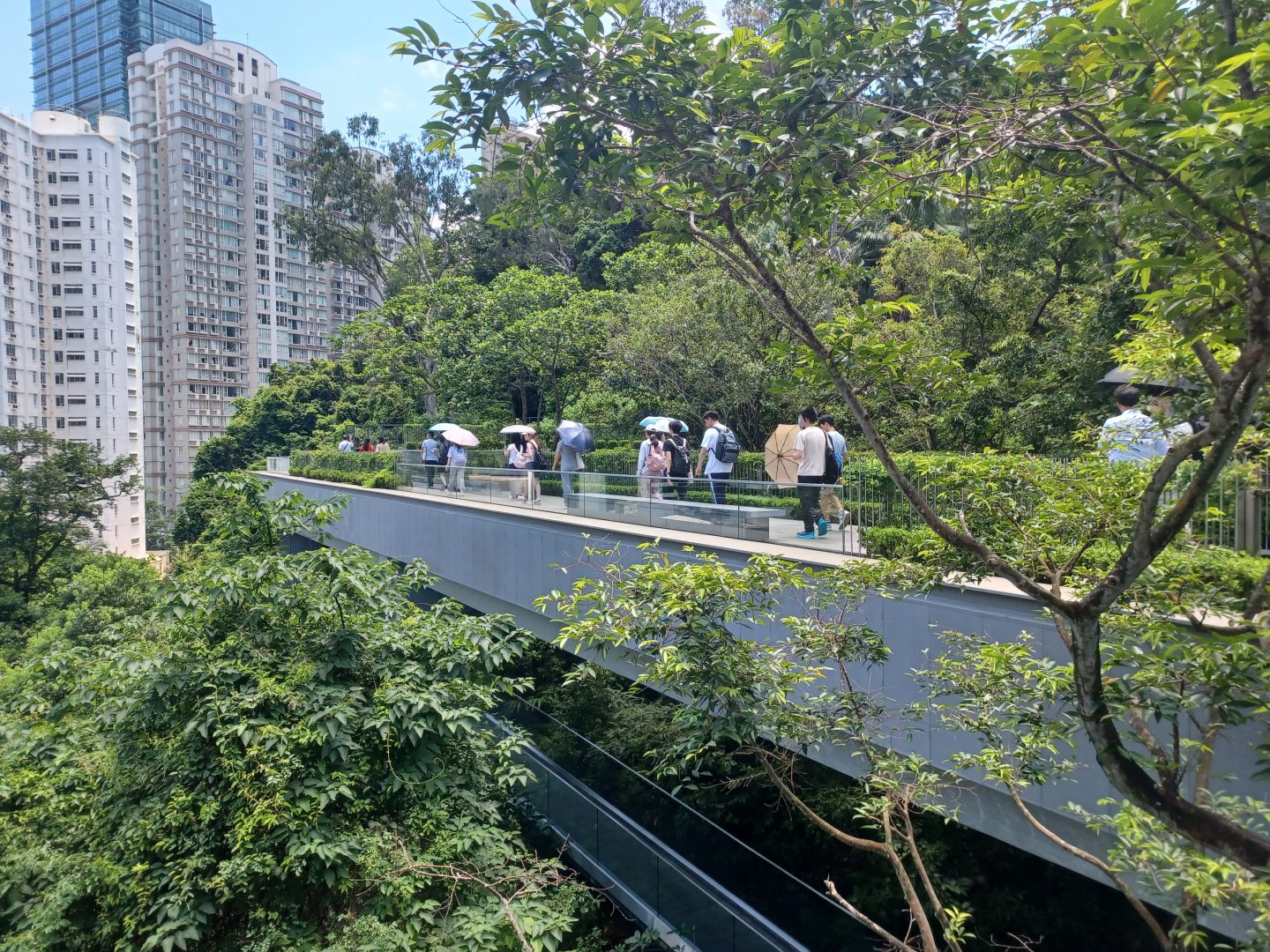
Site Visit 1
Asia Society
As part of the workshop 1, students visit and discover the architectural and natural heritage of this iconic complex. After the guided tour, participants select areas of interest and capture photos of the context.
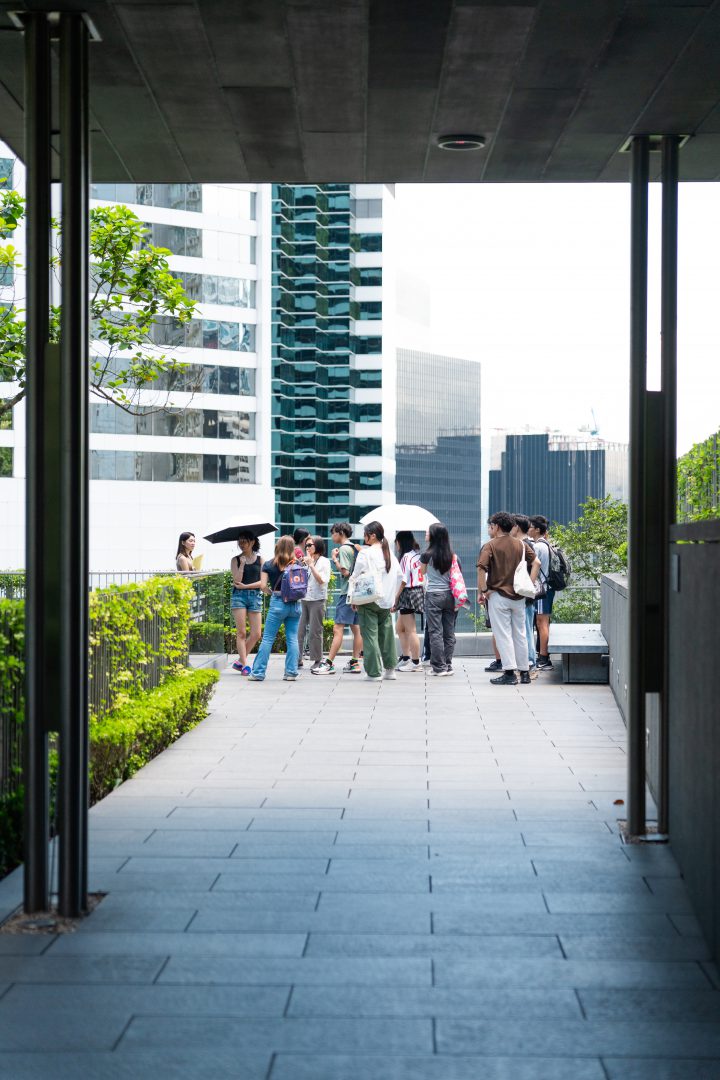
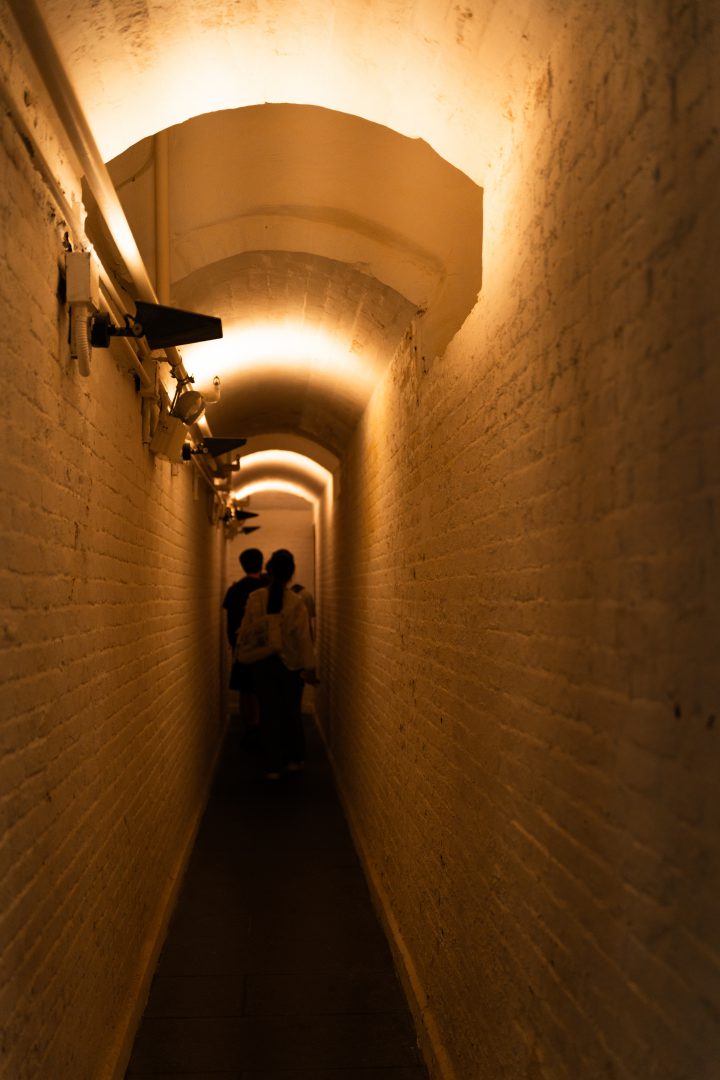
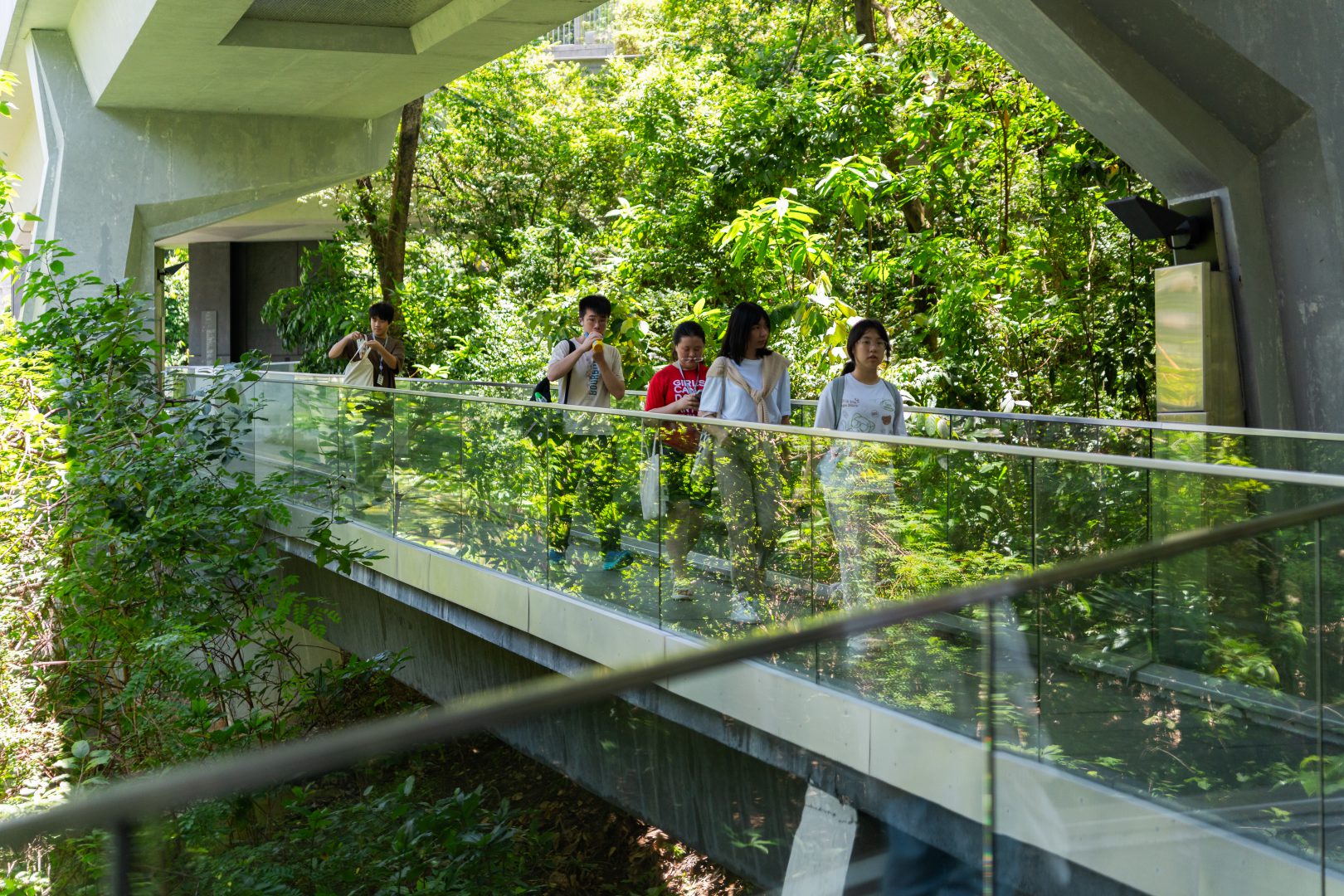
After the guided tour, students captured pictures of the environment and landscape features at different parts of the Asia Scoiety for the coming workshop session.
Workshop 1 – 2 & Exploration 2A
Urban-nature narrative
Relying on the insights and key historical aspects of the visit at Asia Society, students re-imagine their urban landscapes to generate new narratives underscoring specific features of the site. With the use of Photoshop, these “sculpted scenarios” reveal and reflect on the relationships between city and nature.
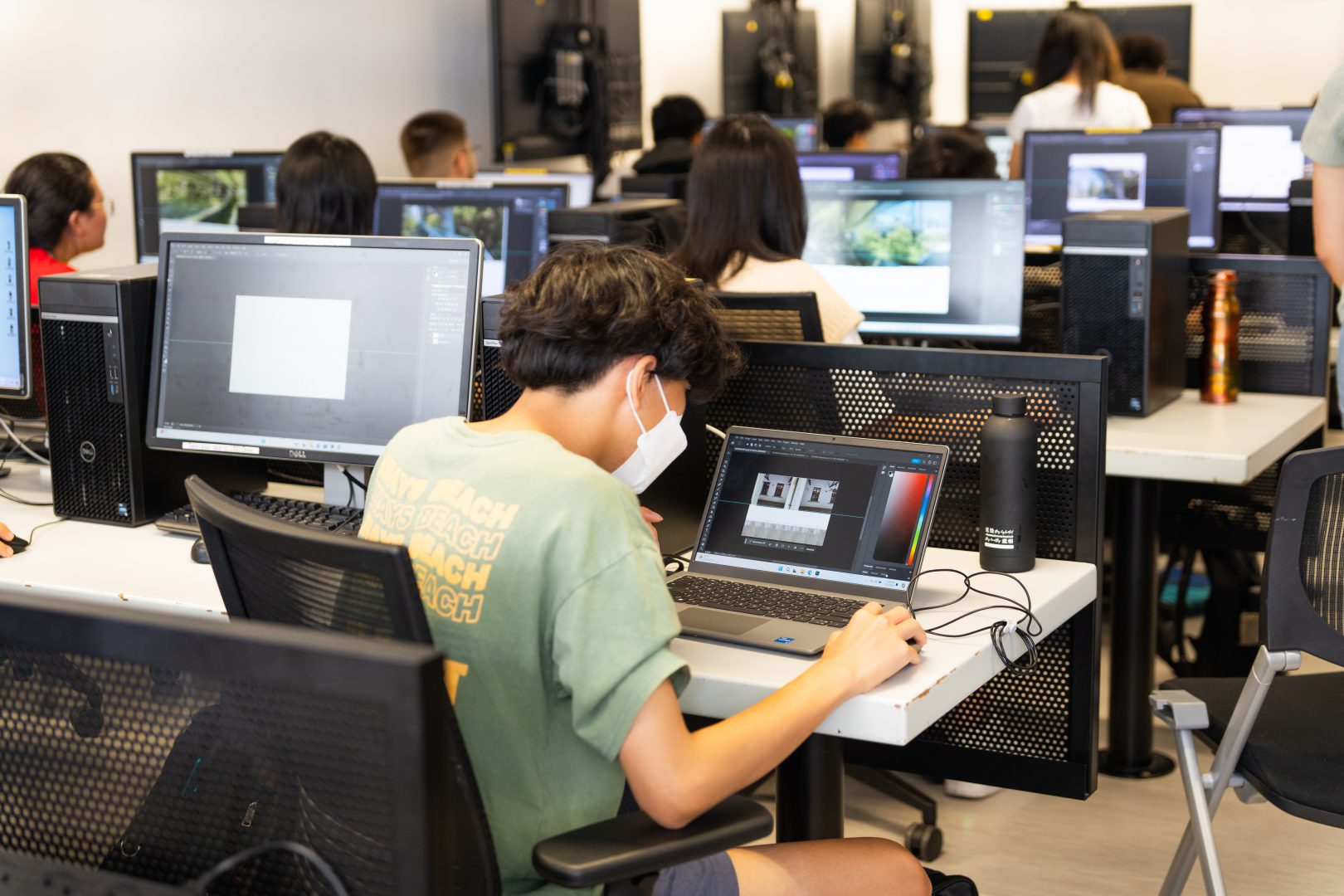
Talk 1
The Symbolism of Plants
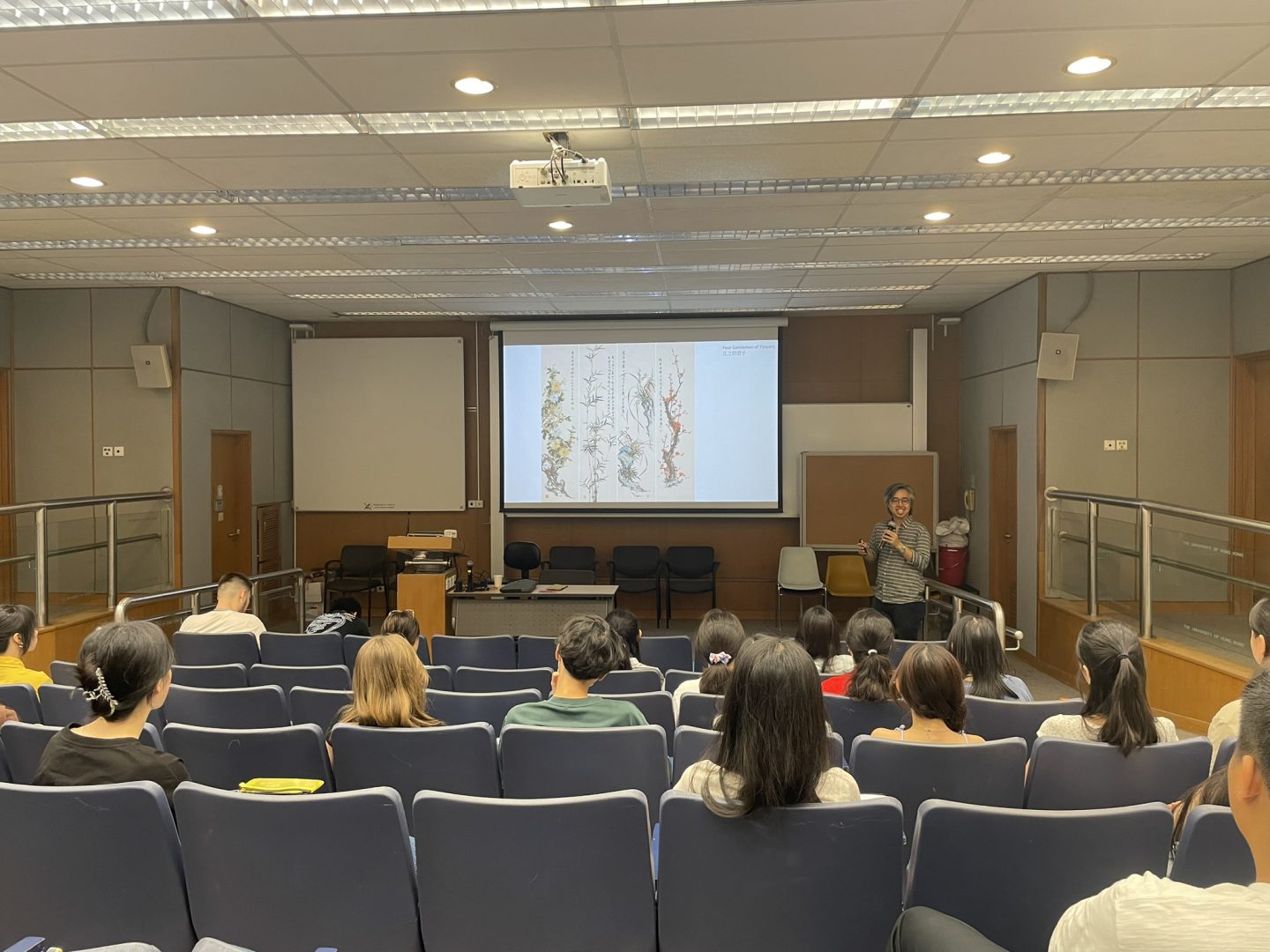
Division of Landscape Architecture (DLA) member, Dr. Yin-Lun Chan shares his research on the symbolism of plants in Hong Kong.
Exploration 3
Tropical Asias
This activity reveals the relationships between the existing plants in public spaces around Hong Kong and the South East Asia region. Also, the activity delves into the scientific names of diverse Hong Kong floral.
After that, participants discuss and generate a physical flow map getting familiar with concepts of endemic and exotic species.
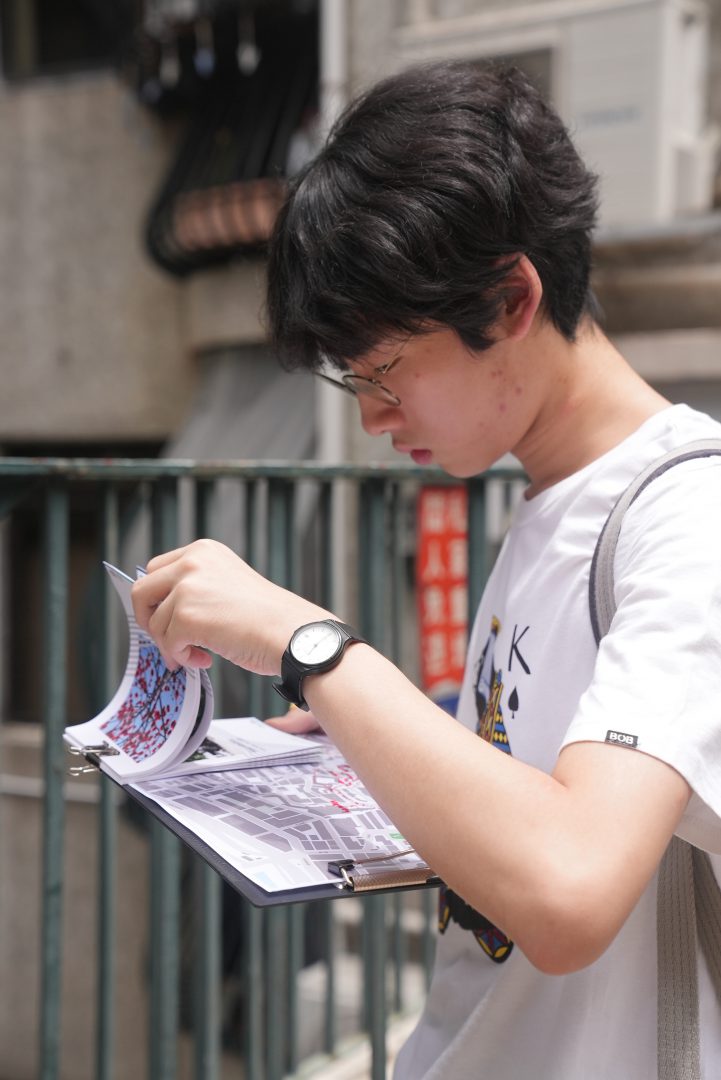
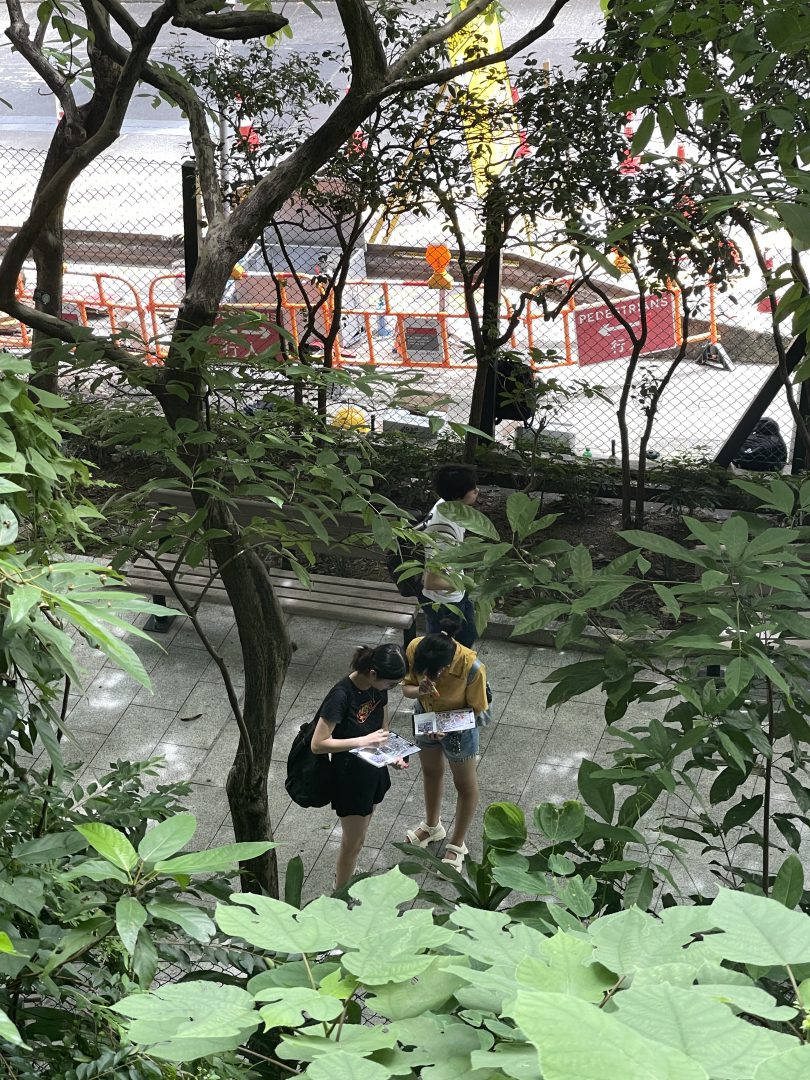


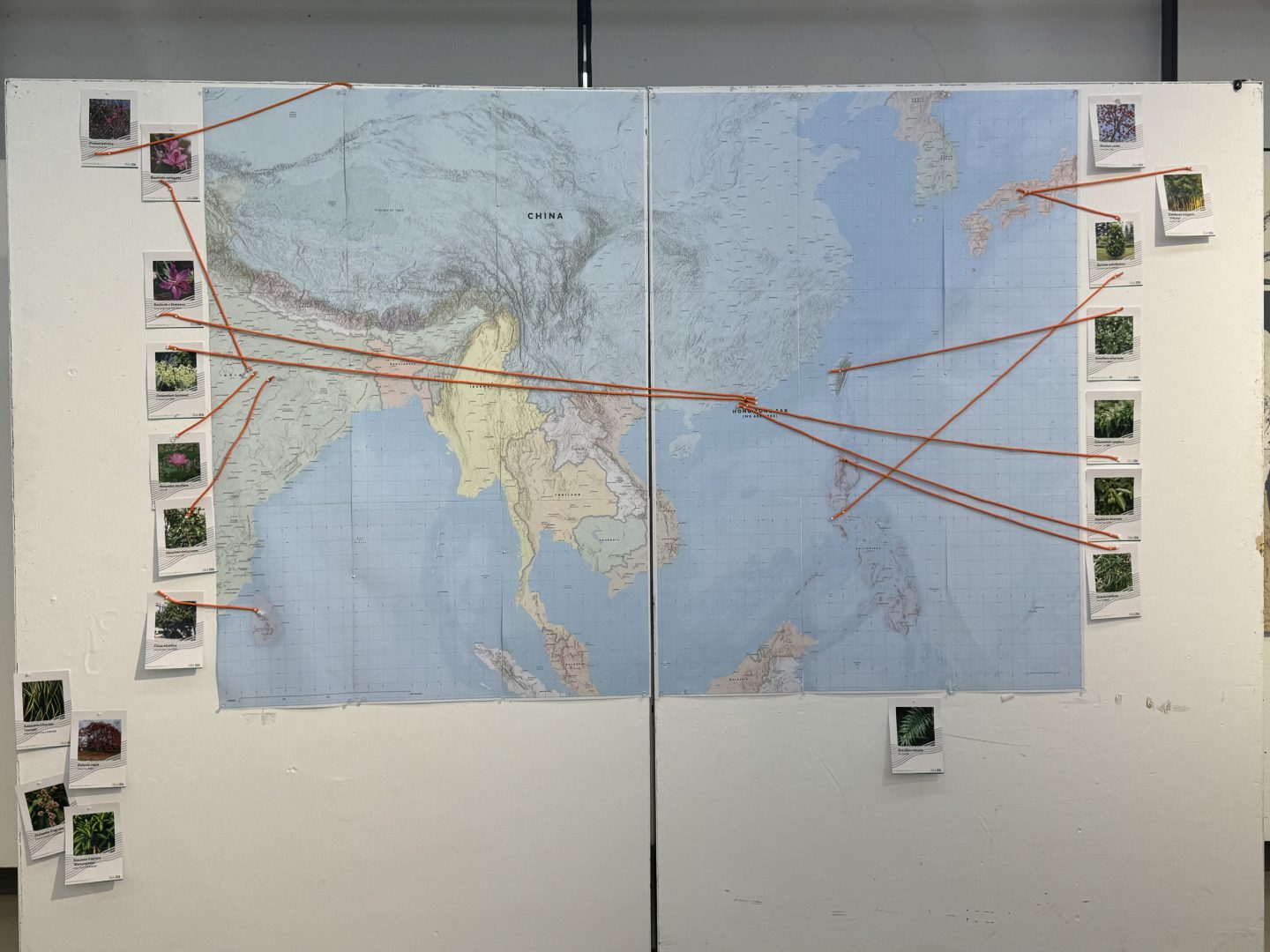
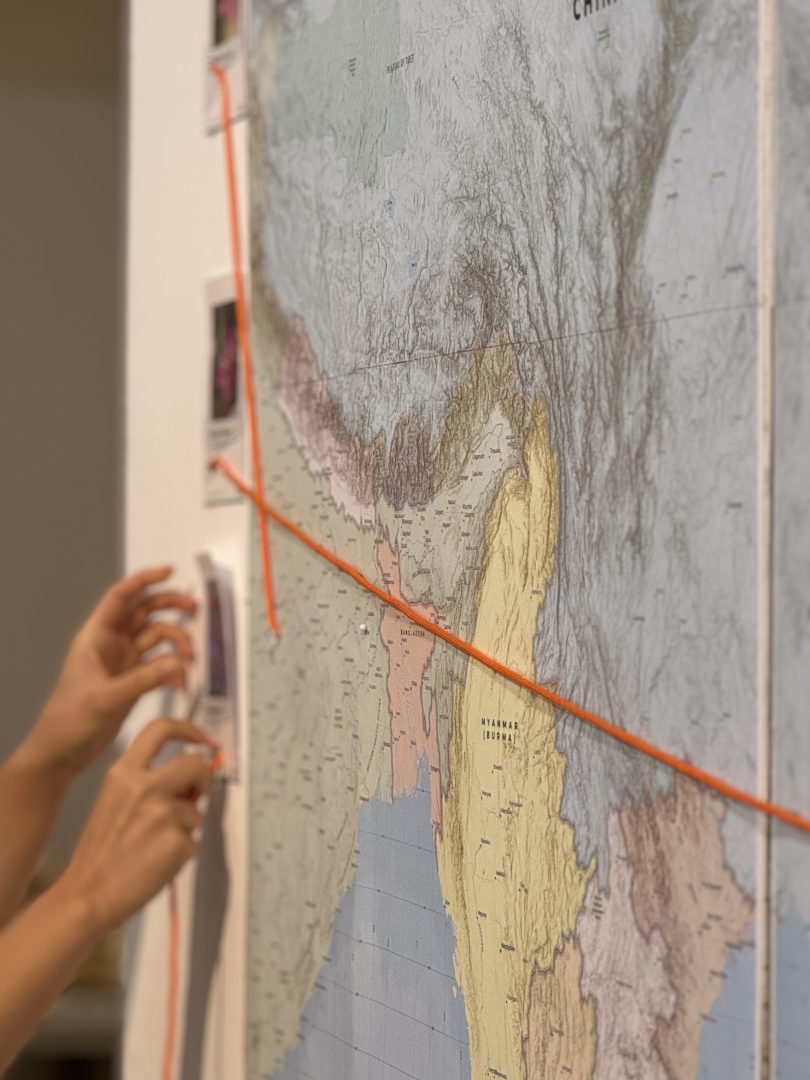
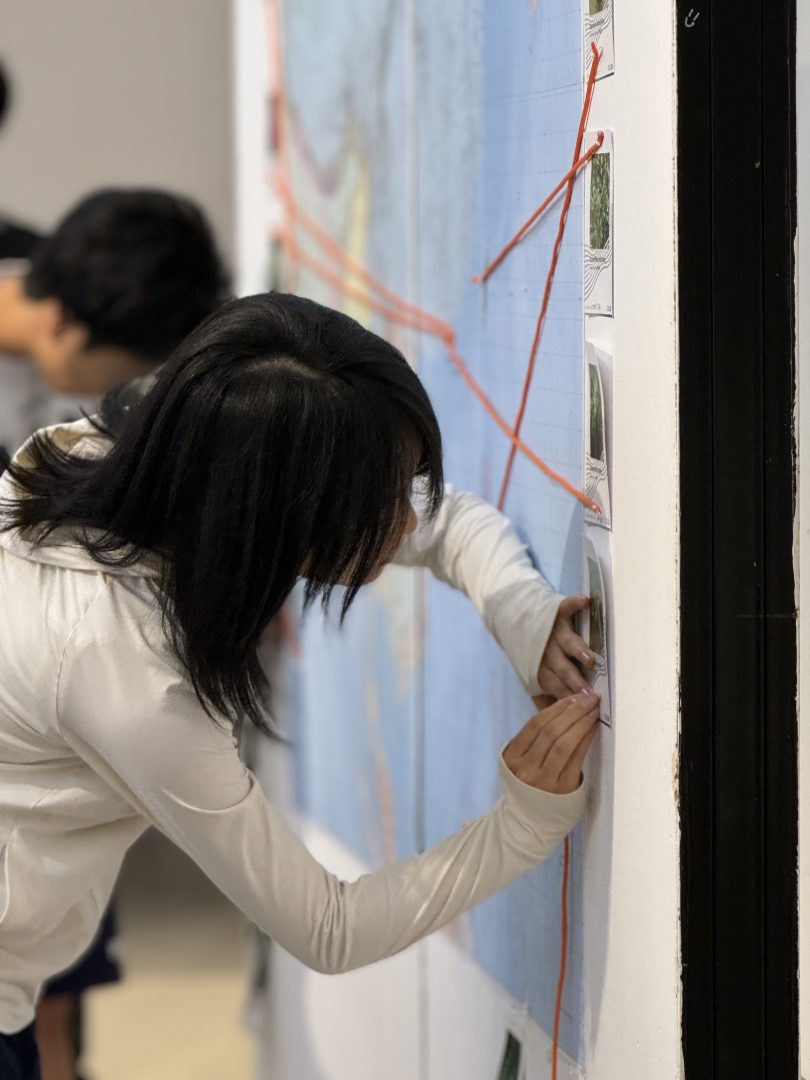
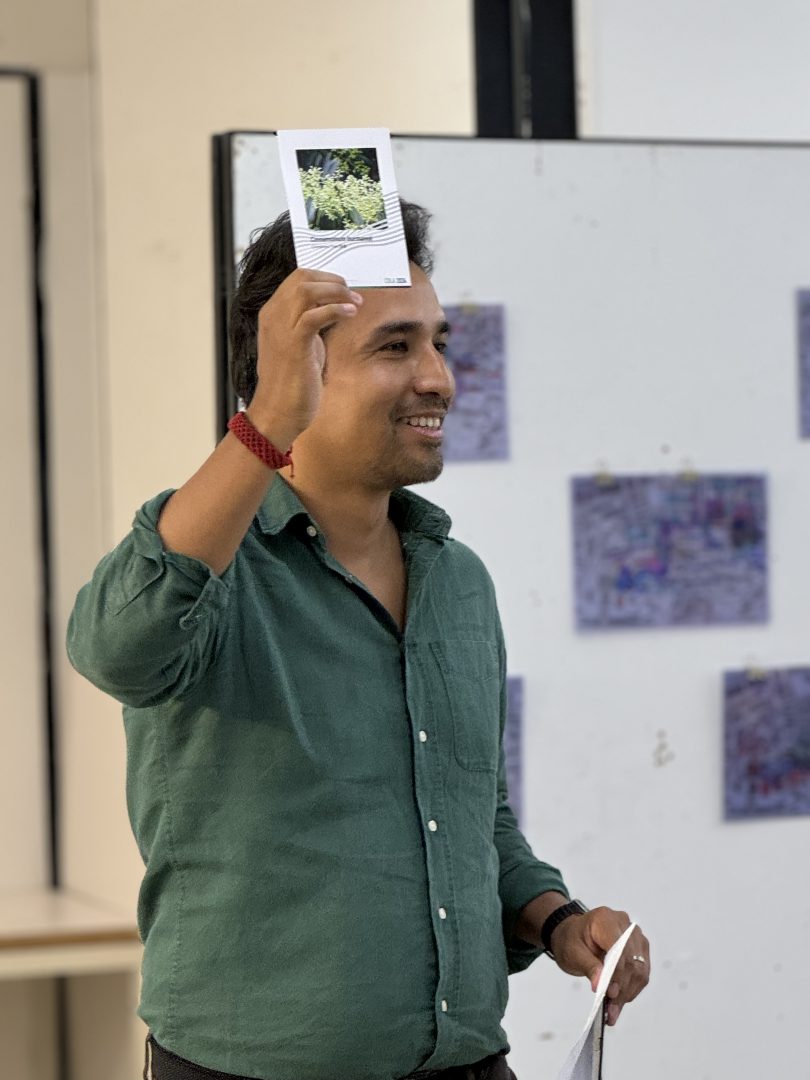
Exploration 4
Shaping Public Space with Kate Lau
Shaping open space is a crucial role of landscape architects. It is a multidimensional process that requires skills, knowledge, and creativity in integrating urban and nature, responding to communities’ and users’ diverse needs, and shaping spatial experience with colours, materials and a sense of aesthetics. Landscape architects design open space with consideration of its aesthetic form, as well as its functions as platforms for a range of human activities and natural processes.
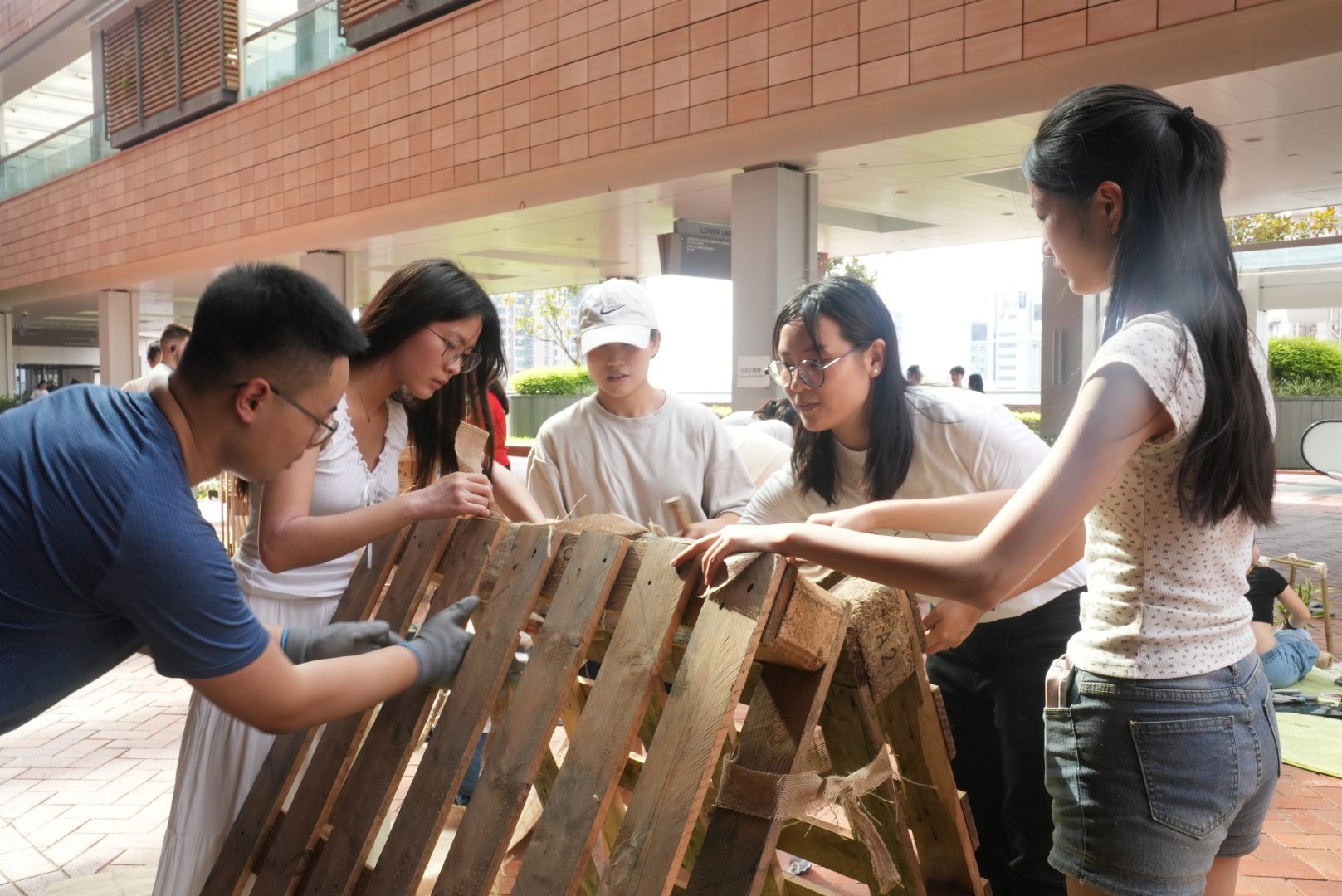
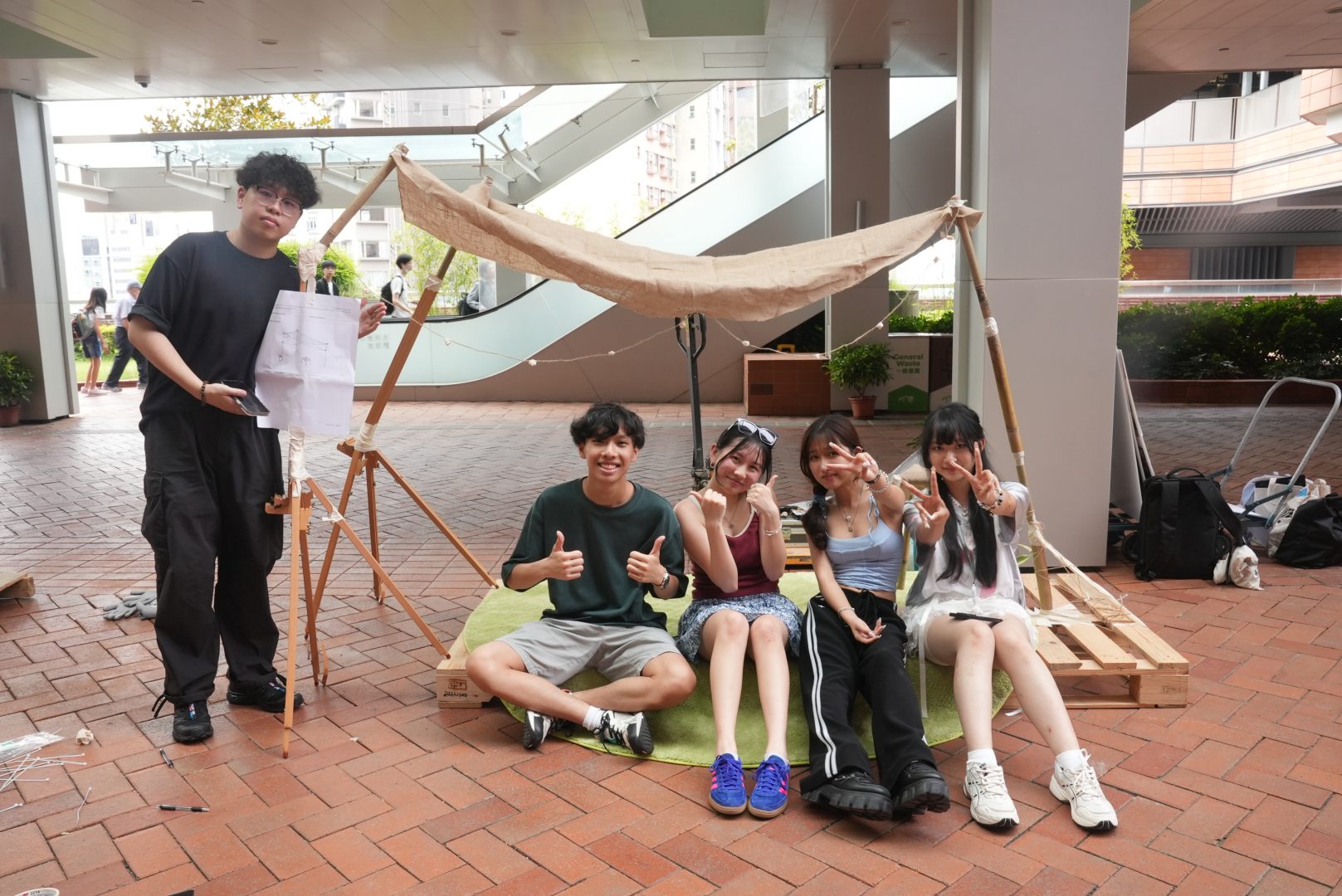
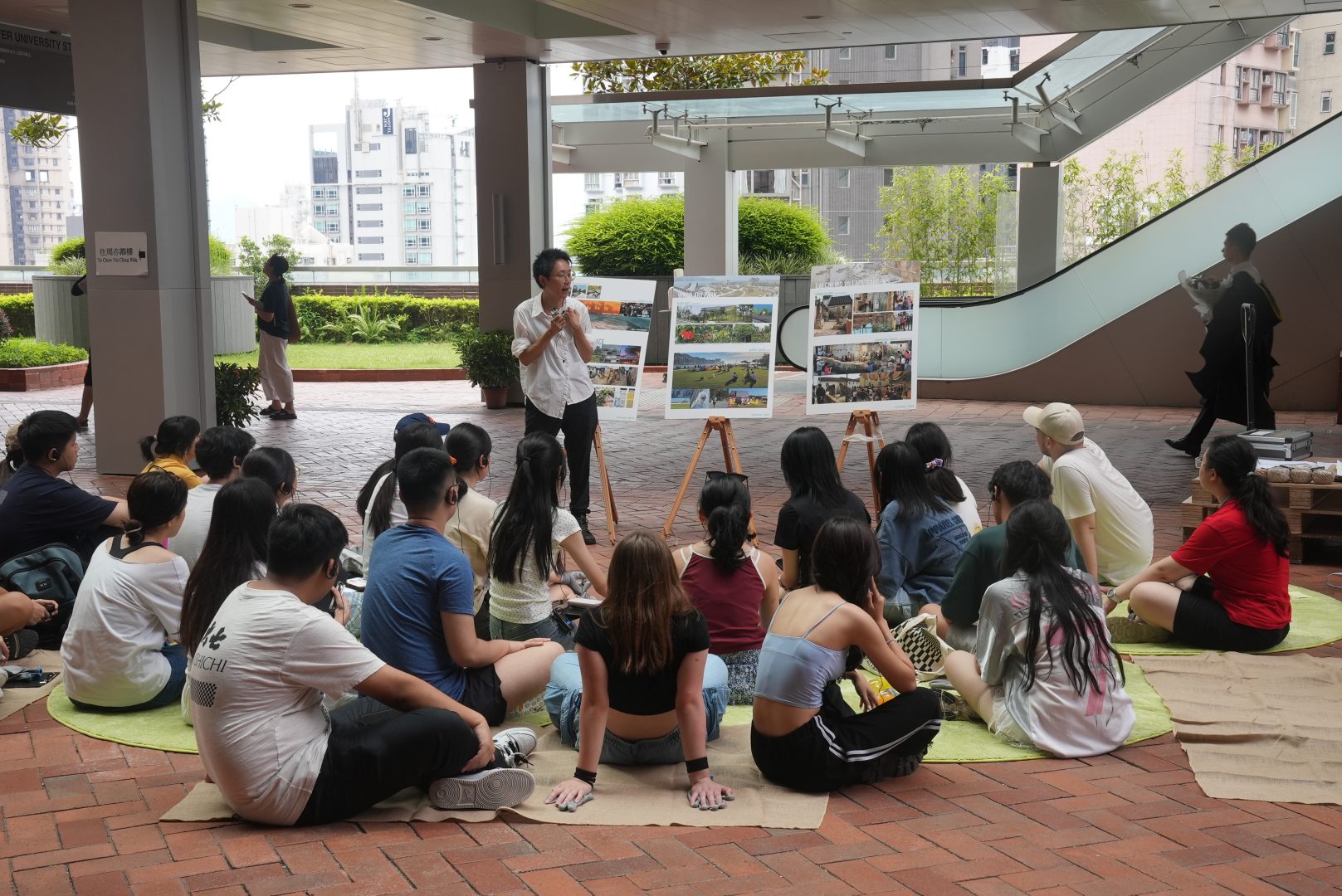
This exercise aims to provide students with hands-on experience in shaping an open space by small interventions at the Haking Wong Podium (HKU Campus).
Basing on selected scenarios, each team is provided with portable materials and loose furniture to create prototypes of open space
